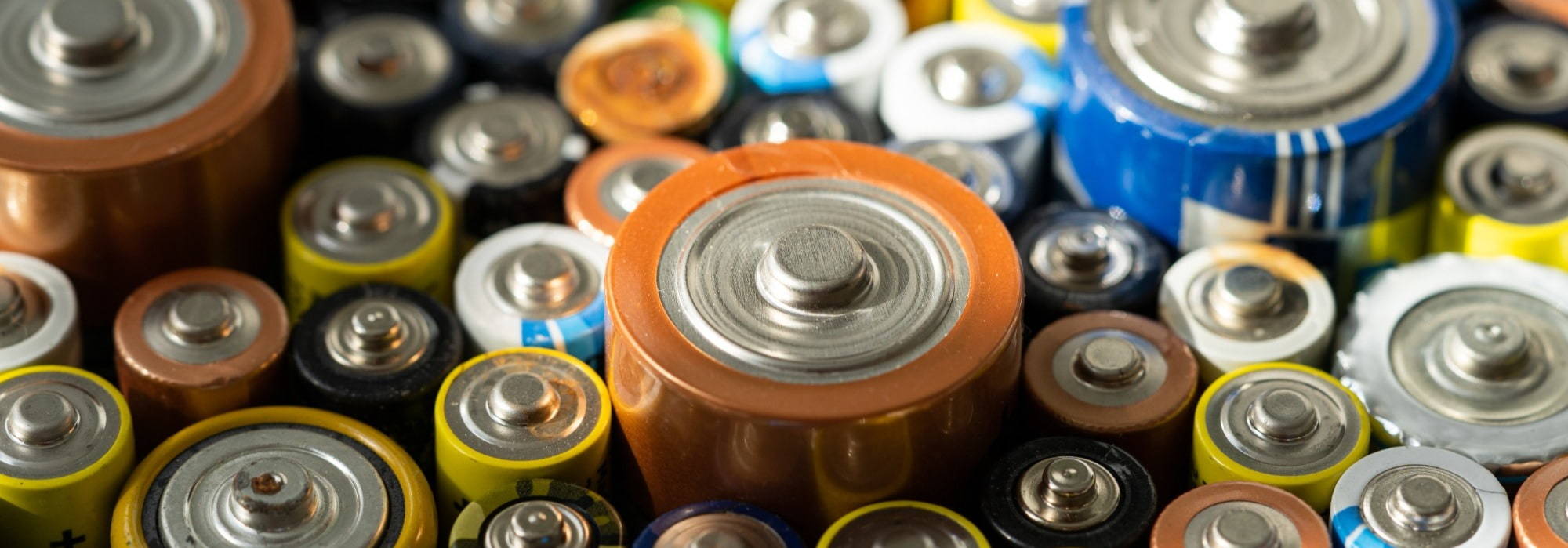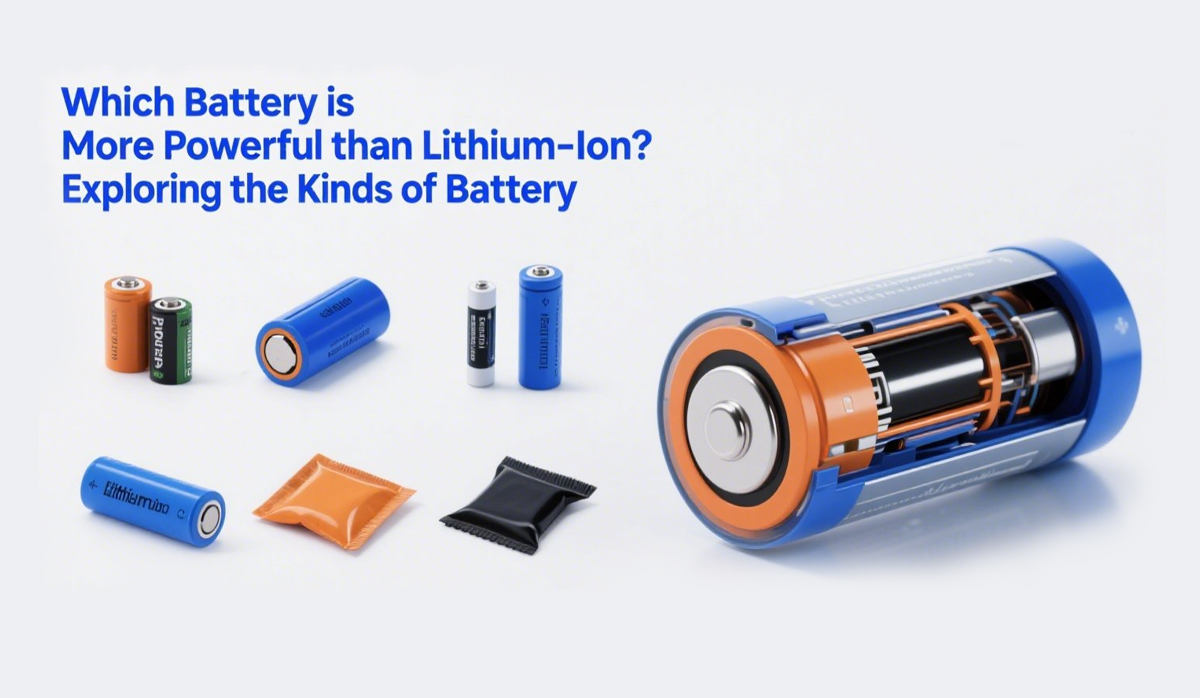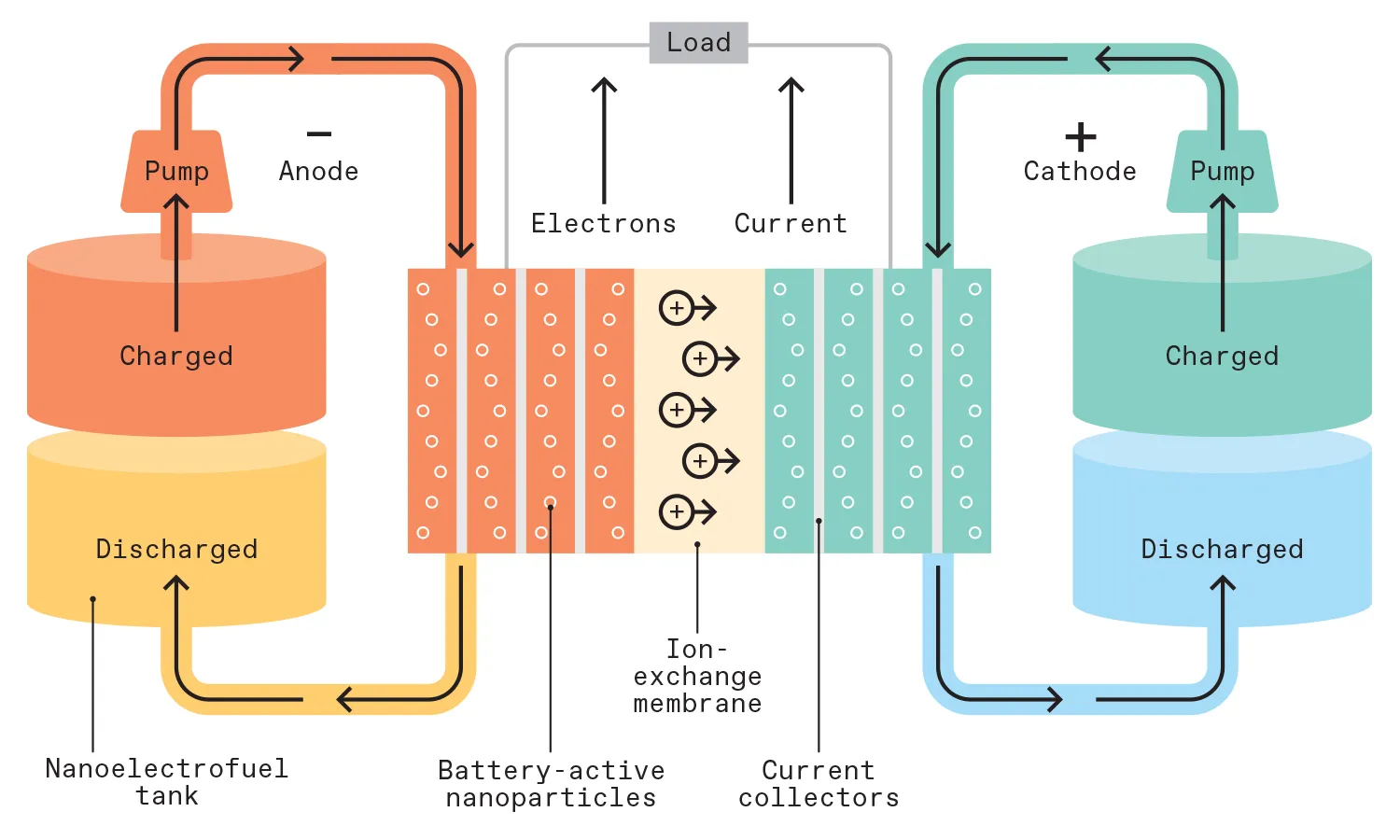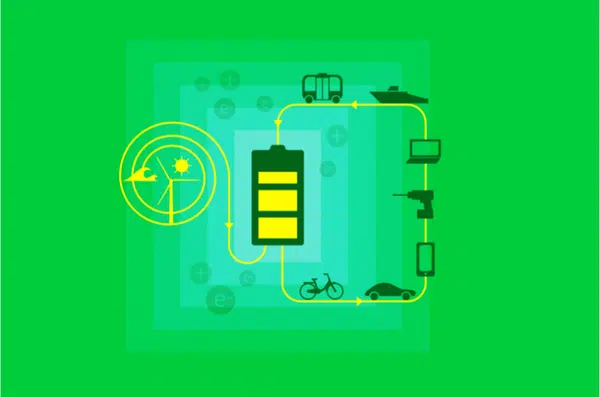¿Qué batería es más potente que el iones de litio?? Explorando los tipos de batería
1. Introducción
In today’s rapidly evolving energy market, choosing the right storage technology is critical for maximizing the performance of your solar energy system.
Many consumers ask, “Which battery is more powerful than lithium-ion?” While lithium-ion batteries have long dominated energy storage due to their high energy density and efficiency, new alternatives are emerging that could potentially offer even greater performance.
En este articulo, we explore the different kinds of battery disponible, compare their performance, and discuss innovative technologies that may soon outperform traditional lithium-ion systems.
We also provide insight into how you can integrate high-quality components from GYCX Solar into your solar setup for a robust, scalable solution.

2. The Evolution of Battery Technologies
Battery technology has advanced significantly over the past decades. Early solar systems relied on lead-acid batteries, but the development of lithium-ion technology marked a major leap in energy storage efficiency and longevity.
Despite these advances, challenges such as thermal management and environmental concerns have spurred researchers to look for superior alternatives.
Newer battery technologies like sodium-ion, solid-state, and flow batteries are generating buzz as potential game-changers in the field.
Understanding the evolution of these kinds of battery is essential for making informed decisions in your solar energy planning.
3. Key Types of Battery Technologies
When considering solar energy storage, it’s important to understand the primary battery types available:
Baterías de iones de litio
Iones de litio (Ión de litio) batteries are widely used in everything from portable electronics to stationary energy storage due to their high energy density and efficiency.
- Ventajas: Alta densidad de energía, ciclo de vida largo, y carga rápida.
- Desventajas: Thermal sensitivity and relatively high upfront costs.
Baterías de iones de sodio
Sodium-ion batteries utilize sodium, an abundant and inexpensive material, which has the potential to lower costs while offering competitive performance.
- Ventajas: Lower raw material costs and improved sustainability.
- Desventajas: The technology is still evolving, with cycle life and energy density improvements underway.
Baterías de estado sólido
Baterías de estado sólido eliminate liquid electrolytes, using solid materials instead. This design enhances safety and can increase energy density.
- Ventajas: Superior safety, potentially higher energy density, y ciclo de vida más largo.
- Desventajas: Higher manufacturing costs and current scalability challenges.
Baterías de flujo
Flow batteries store energy in liquid electrolytes that flow through the battery cell. This unique setup makes them highly scalable and suitable for long-duration storage.
- Ventajas: Excellent scalability and sustained energy delivery over long periods.
- Desventajas: Lower energy density and more complex installation requirements.
4. Exploring Alternatives: Batteries More Powerful Than Lithium-Ion

As the industry searches for improvements over lithium-ion, several battery technologies show promise:
Sodium-Ion Technology
Advancements in sodium-ion batteries have positioned them as strong contenders. Leveraging the low cost and abundance of sodium, these batteries could match or exceed lithium-ion performance while offering enhanced sustainability.
- Early tests indicate competitive energy densities and cycle life, making them a promising alternative for future solar installations.
Baterías de estado sólido
Solid-state batteries are emerging with potential to outperform traditional lithium-ion batteries. Their solid electrolytes provide better safety, and their design is poised to deliver higher energy density in a more compact form.
- Although currently limited by high production costs, further R&D is expected to make solid-state batteries more accessible for large-scale applications.
Baterías de flujo

Flow batteries might not offer high energy density for residential applications, but for grid-scale storage, their ability to deliver consistent output over extended periods makes them attractive.
Their scalable design is ideal for situations where long-duration energy storage is crucial.
5. Performance Comparison Chart
| Tipo de Batería | Densidad de energía | Ciclo de vida | Seguridad | Costo | Escalabilidad |
|---|---|---|---|---|---|
| Iones de litio | Alto | ~3000+ cycles | Moderado (needs cooling) | Higher upfront cost | Widely adopted, modular |
| Iones de sodio | Moderate to High | Improving (emerging) | Improved thermal stability | Potentially lower | Promising for large-scale installations |
| Estado sólido | Muy alto | Potentially longer | Superior safety | Currently high | Future potential, diseño compacto |
| Batería de flujo | Más bajo | Very long | Excellent | System integration cost varies | Highly scalable for grid-scale |
Mesa: A simplified performance comparison of various battery technologies for solar applications.
6. Integrando productos solares GYCX en su sistema

Selecting the right battery is only one part of creating an efficient solar energy system. Integration with high-quality components is essential for optimal performance. En GYCX Solar, we offer a range of products designed to work seamlessly together.
Batería de litio apilable
Nuestro Batería de litio apilable systems provide modular and scalable energy storage. Their design allows you to add capacity gradually as your energy needs grow.
Bateria solar
Our range of Baterías solares is engineered for durability and consistent performance. These batteries are optimized specifically for renewable energy applications.
inversor solar
Un confiable inversor solar is vital for converting the stored DC power into usable AC power for your home or business. Our inverters are designed to maximize efficiency and complement our battery solutions.
By choosing a mix of these products, you ensure that your system is not only powerful and efficient but also capable of adapting to future energy demands.
7. Future Trends and Considerations
The battery market continues to evolve, with new technologies and innovations on the horizon. Key trends include:
- Increased R&D Investment: Continuous innovation in battery chemistry is paving the way for safer, más eficiente, and higher-capacity solutions.
- Sustainability Focus: The environmental impact of battery production and recycling is prompting manufacturers to explore greener alternatives.
- Escalabilidad y modularidad: As solar installations grow, the need for scalable battery solutions becomes paramount. Modular systems, como nuestro Batería de litio apilable, offer flexible expansion options.
- Smart Integration: Future batteries will incorporate advanced battery management systems (BMS) and IoT technologies for real-time monitoring and improved performance.
These developments promise to make future generations of batteries not only more powerful but also more environmentally friendly and cost-effective.
8. Conclusión
In the quest for energy storage solutions, understanding the various kinds of battery is key.
While lithium-ion batteries have set a high standard with their impressive energy density and efficiency, emerging technologies like sodium-ion, solid-state, and flow batteries offer exciting possibilities for the future.
By carefully assessing your energy needs and integrating high-quality components—such as the Batería de litio apilable, Bateria solar, y inversor solar from GYCX Solar—you can build a robust, scalable solar energy system that not only meets today’s demands but is also ready for tomorrow’s challenges.
Embrace the evolving landscape of battery technology and harness the power of innovation to achieve energy independence and a sustainable future.

